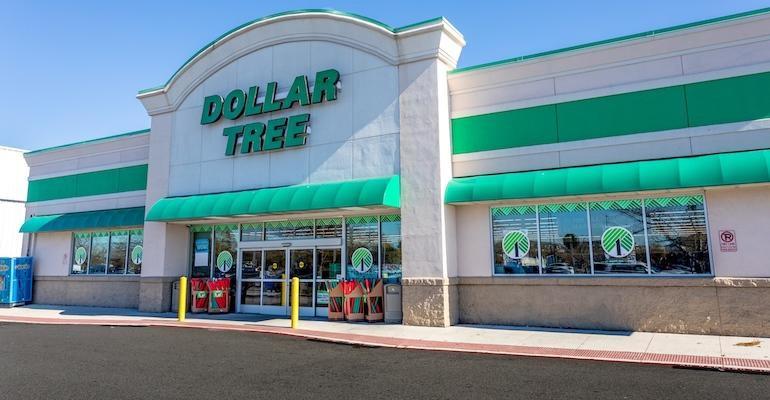Ask a millennial and they will tell you what it was like when everything at a dollar store was $1. Dollar Tree made that a memory in 2021 when it moved everything up to $1.25 behind the Dollar Tree Plus marquee, and now there is another movement, one many economists are calling aggressive, that has products marked at $3 or $5.
Price increases are the primary factor behind the Dollar Tree’s strongest quarter on record (first quarter 2022). Traffic has been declining in Dollar Tree stores, but the increase in prices are making up for it. The premium price line is now available in about a third of the chain’s locations nationwide and will be introduced to even more stores in 2023. Last year, coolers were added for $3 and $5 products at more than 3,500 locations but were only offered in 1,800 spots.
The Dollar Tree has discovered that the people who reach for the more expensive products spend twice as much as the average shopper.
More frozen and refrigerated items are carrying the higher price tag, including pre-made foods like pizza and ice cream.
As a whole, dollar stores impacting the local economy in the wrong way according to a recent study released by the Institute for Local Self-Reliance (ILSR). Titled the Dollar Store Invasion, the study shows how dollar establishments (more than 34,000 in the U.S.) are levying a heavy toll on communities, especially those of race. The negative impact is so great that at least 75 cities and towns have successfully blocked new store projects since 2019, and the ISLR is calling for more anti-trust regulation.
“Once a neighborhood or a community loses its grocery store, or pharmacy, or hardware store because a chain dollar store has moved in, civic leaders recognize the great danger that these chains pose to the community’s well-being,” said Kennedy Smith, an ILSR senior researcher, co-author of the report. “But, by then, the damage has already been done. Fortunately, there are tools that local governments can use to prevent chain dollar store proliferation. The number of communities adopting dispersal ordinances, formula business restrictions, and healthy food overlay zoning has grown dramatically over the past couple of years. America’s towns and cities have considerable power to shape development and create the kinds of communities their citizens want. Our local leaders simply need the tools and the political will to do so.”
The ISLR report identifies the following strategies that are making dollar stores infamous:
- Dollar General and Dollar Tree/Family Dollar consciously target disenfranchised areas, especially in hard-hit rural communities as well as Black and Latino neighborhoods in or near urban centers. Research shows a clear correlation between race and dollar store locations
- The dollar chains use predatory tactics to drive local grocery stores and other retailers out of business. They thrive in food deserts and work to create them
- Most dollar stores stock no fresh produce and provide deceptively poor value to shoppers, often selling “cheater” sizes of goods – smaller sizes at a higher price per ounce
- The two chains deliberately understaff their stores and as a result, are notorious for safety violations and are a common target of violent crime. Despite these dangers, they have some of the lowest wages in the retail sector





